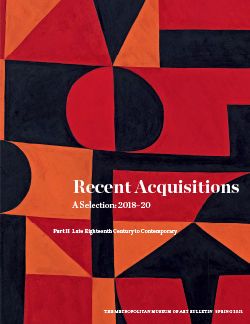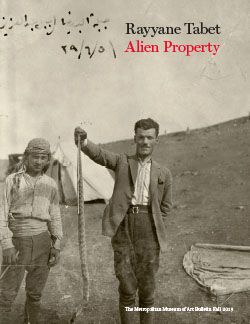Orthostates
Rayyane Tabet Lebanese
Not on view
Orthostates is composed of thirty-two charcoal rubbings made by the artist from basalt fragments of a 10th–9th century B.C. Neo-Hittite frieze originally from the site of Tell Halaf (ancient Guzana) in what is today the Syrian Arab Republic. These ancient orthostats (or stone reliefs), which depict scenes of flora and fauna, everyday life, and mythical beings, belong to a larger series of 194 basalt and limestone orthostats uncovered in 1911 by Baron Max von Oppenheim at Tell Halaf. Some segments of the frieze from Tell Halaf have since been lost, destroyed, or dispersed across Syria, France, Germany, the United Kingdom, and the United States; four are in The Met collection and are displayed in the Ancient Near East galleries (43.135.1-4).
The process of rubbing entails holding a piece of paper against or secured to a hard surface (usually stone or metal) that is ornamented or inscribed in some way and scraping across the blank page with a piece of charcoal, crayon, or pencil to create a facsimile impression of the image or text below. The technique of charcoal rubbing was deployed widely by art historians and archaeologists in the nineteenth century to record tombstones, engravings, and reliefs.
Tabet’s 21st century sequence of charcoal rubbings represents the artist’s quixotic attempt to reunite and restage the frieze. His efforts are not directed at creating a copy or substitute that can possess the completeness or coherence of the original frieze. Instead, his mission lies in assembling the combination of (positive) impressions and (negative) absences that constitute its present-day existence.
Orthostates is the first joint acquisition between the Department of Ancient Near Eastern Art and Modern and Contemporary Art.
This image cannot be enlarged, viewed at full screen, or downloaded.


